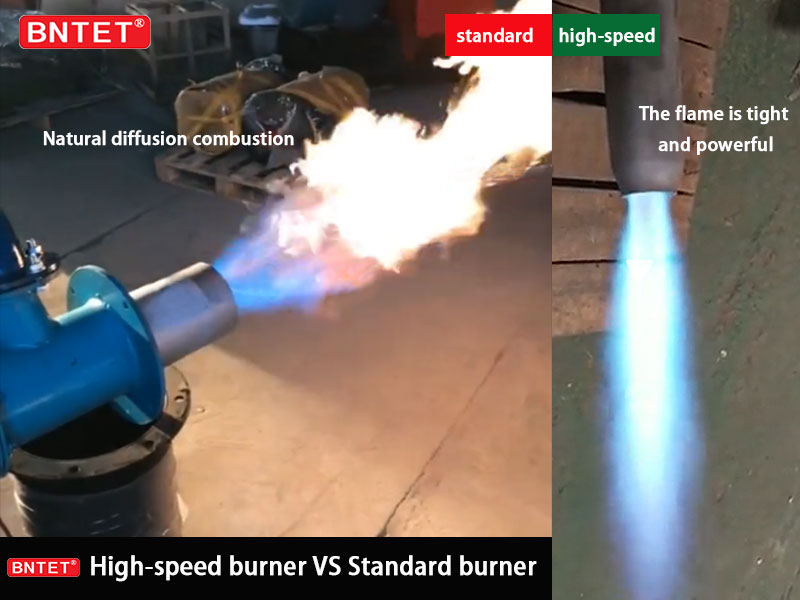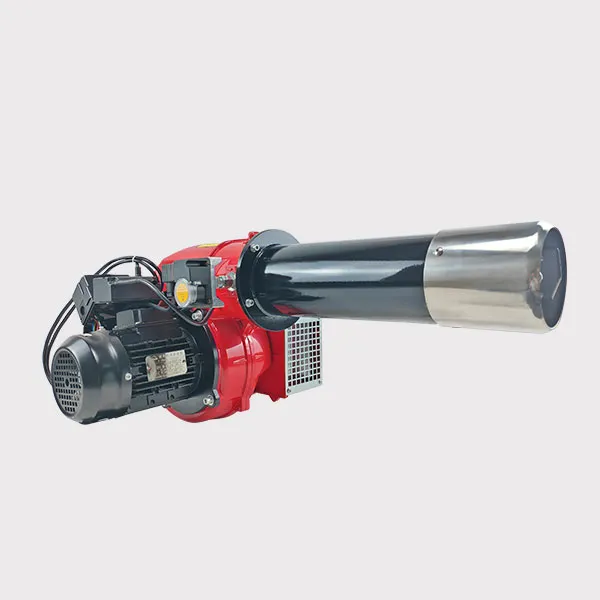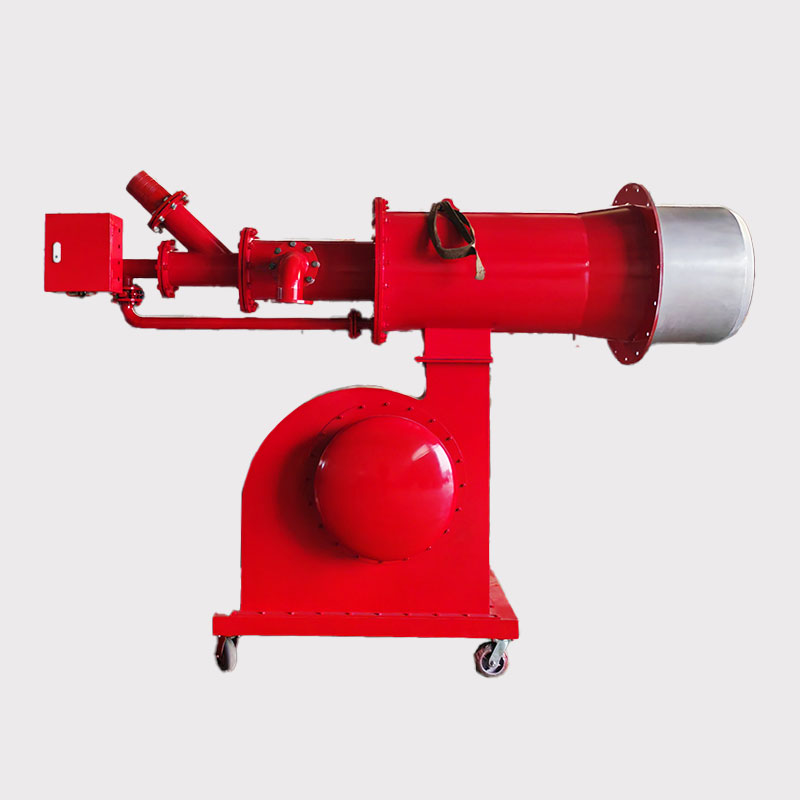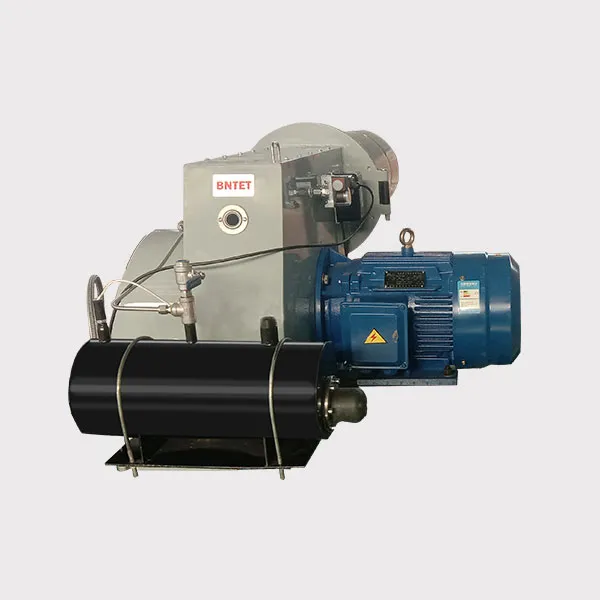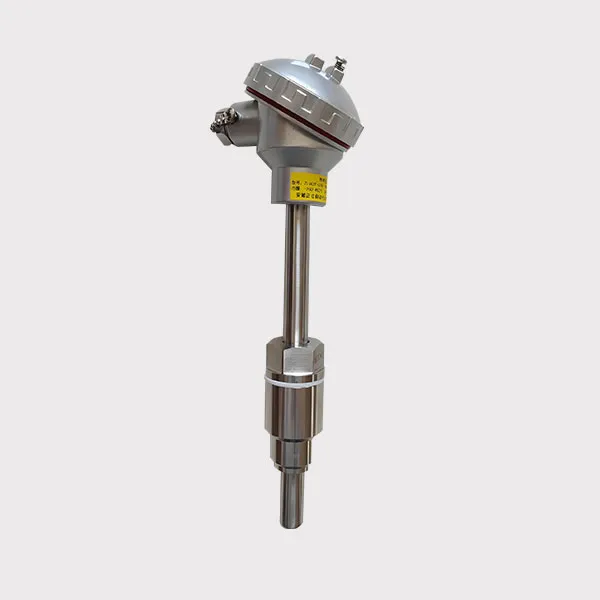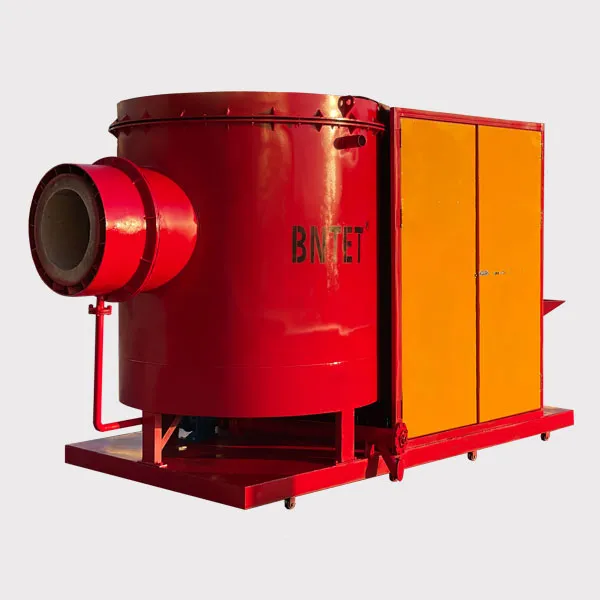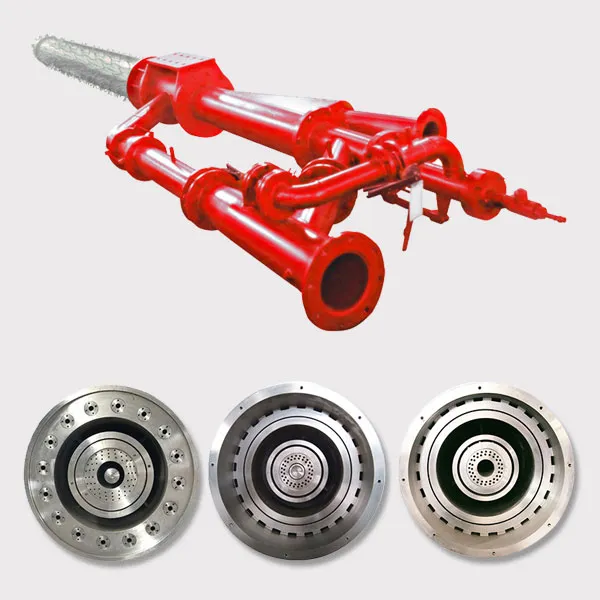High-Speed Burners vs Standard Burners
2025-07-30 15:03:55
The primary distinctions between high-speed burners and conventional burners lie in combustion methods, gas flow velocity, application scenarios, and performance characteristics. Below is a detailed comparison:
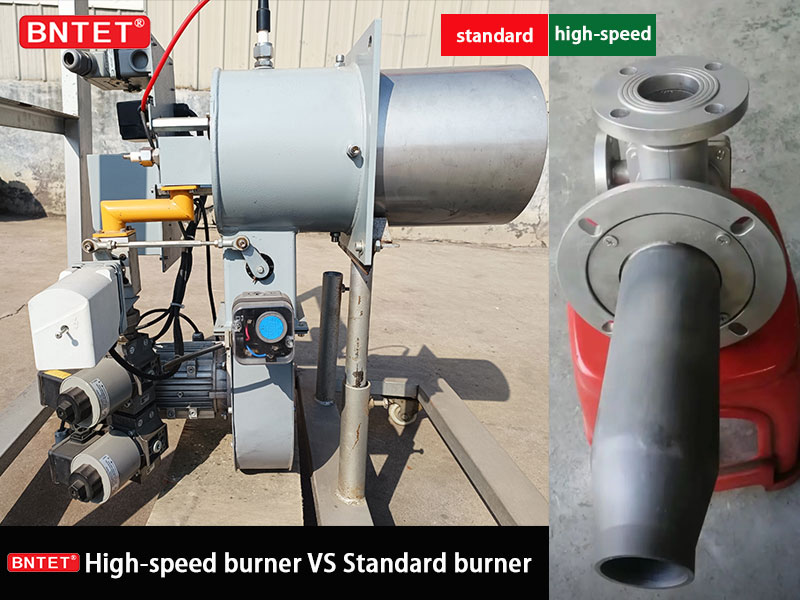
1. Gas Flow Velocity
High-Speed Burner:
High exit gas velocity (typically 100–300 m/s or higher).
Utilizes specialized designs (e.g., pressurized combustion chambers or Venturi structures) to accelerate high-temperature gas, creating intense convection and agitation.
Conventional Burner:
Lower exit gas velocity (generally <50 m/s).
Relies on natural diffusion or low-speed jet combustion, resulting in slower mixing and heat transfer.
2. Combustion Efficiency & Temperature Uniformity
High-Speed Burner:
Efficient mixing: High-velocity flow ensures thorough fuel-air mixing, enabling complete combustion and higher efficiency.
Uniform temperature: High-speed jets enhance gas circulation, minimizing localized hot/cold spots (ideal for applications like heat treatment furnaces).
Conventional Burner:
Mixing depends on diffusion or low-speed turbulence, often leading to incomplete combustion or uneven temperature distribution.
3. Structural Design
High-Speed Burner:
Equipped with an integrated combustion chamber where fuel is fully burned before being accelerated through a narrowed nozzle.
May require high-temperature-resistant materials (e.g., ceramics) to withstand extreme conditions.
Conventional Burner:
Simple design, typically diffusion or premixed type, without high-velocity jet mechanisms.
4. Application Scenarios
High-Speed Burner:
Suitable for rapid heating, high temperature uniformity, or forced convection, such as:
Heat treatment furnaces, continuous casting/rolling lines
Glass melting furnaces, petrochemical cracking furnaces
Industrial kilns requiring fast heating
Conventional Burner:
Used in low-velocity applications: small boilers, household stoves, traditional industrial furnaces, etc.
5. Energy Consumption & Pollution Control
High-Speed Burner:
More complete combustion reduces pollutants like NOx (though excessive flame temperatures may increase NOx).
Generally lower energy consumption (due to higher thermal efficiency).
Conventional Burner:
Prone to incomplete combustion at low loads, potentially emitting CO and unburned hydrocarbons.
6. Flame Characteristics
High-Speed Burner:
Short, wide flame with high-impact jets, suitable for direct workpiece heating.
Conventional Burner:
Longer, softer flame with diffusion combustion.
Summary Table
| Feature | High-Speed Burner | Conventional Burner |
|---|---|---|
| Flow Velocity | 100–300+ m/s | Typically <50 m/s |
| Combustion Efficiency | High (thorough mixing) | Lower (diffusion-dependent) |
| Temperature Uniformity | Excellent (forced convection) | Moderate |
| Structural Complexity | High (combustion chamber, advanced materials) | Simple |
| Typical Applications | Heat treatment, glass kilns, rapid heating | Boilers, household stoves, traditional kilns |
| Pollutant Emissions | Lower (but NOx control needed at high temps) | Potentially higher (incomplete combustion) |
Selection Guidelines
Prioritize high-speed burners for rapid heating, uniform temperatures, or intense convection.
Opt for conventional burners for cost-sensitive or simple applications.
High-speed burners excel in high-temperature industrial settings but entail higher design/maintenance costs. Choose based on actual requirements.
This translation maintains technical accuracy while ensuring clarity for an international engineering audience. Let me know if you'd like any refinements!


